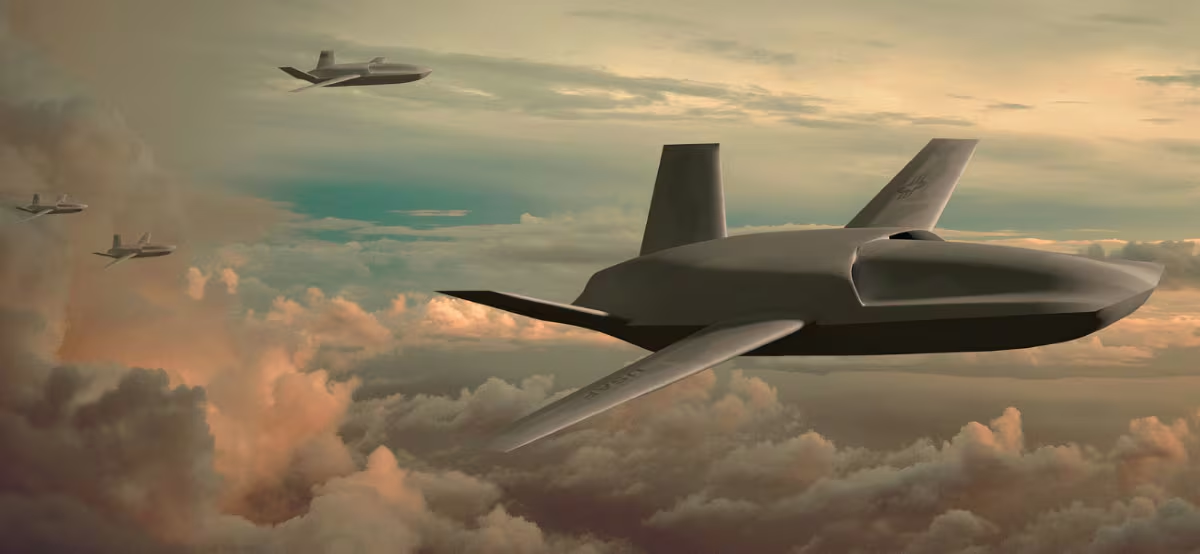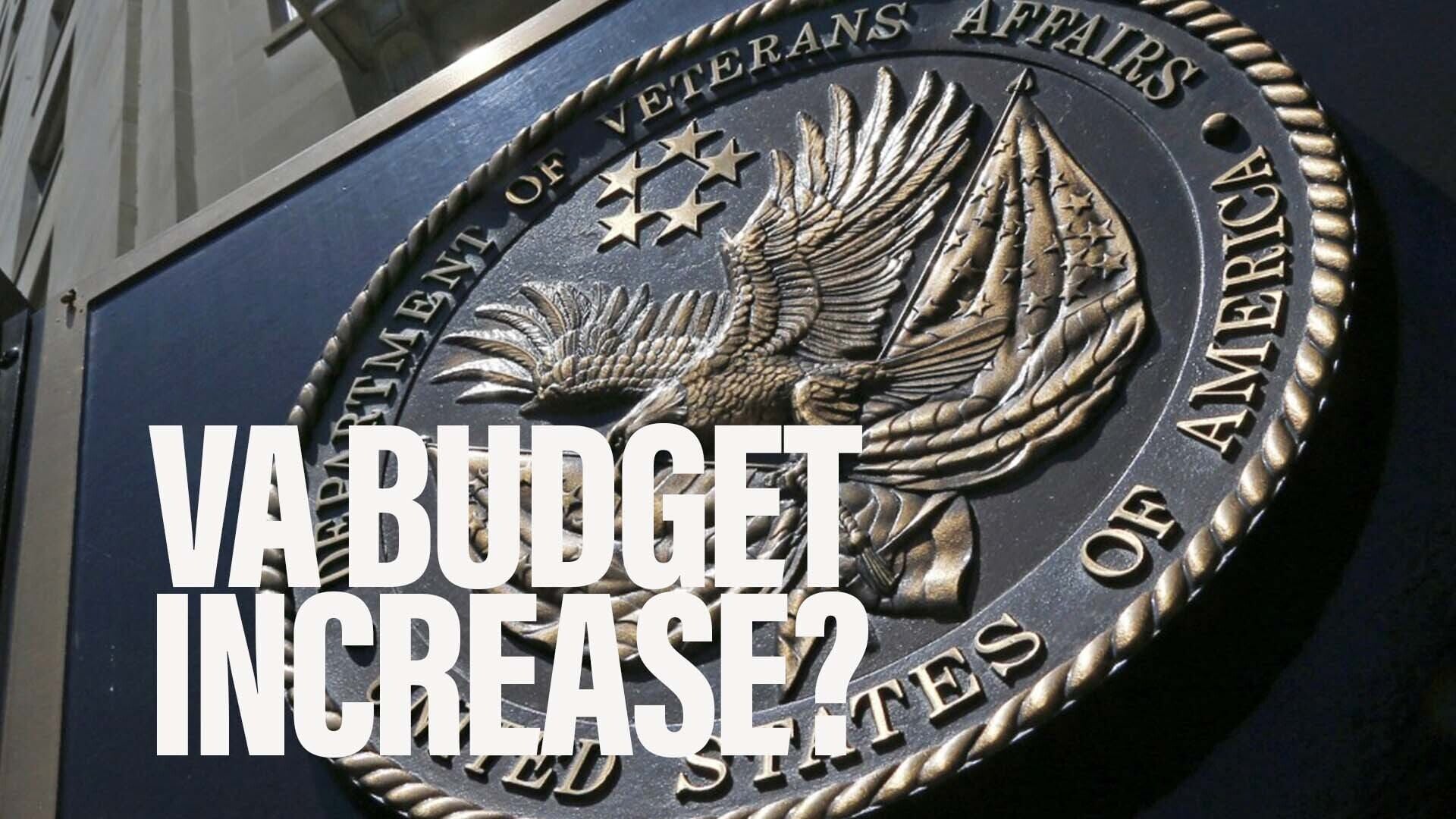WASHINGTON — As the Pentagon looks to define a path forward for intelligence, surveillance and reconnaissance aircraft, two giants in the aerospace community are battling for a piece of the action.
Right now, the Air Force's plan of record is to replace Lockheed Martin's infamous U-2 spy plane with Northrop Grumman's RQ-4 Global Hawk, an unmanned, long-range surveillance platform. The Air Force recently pushed back the U-2s planned retirement date from 2016 to 2019, allowing more time to upgrade the Global Hawk before putting the U-2 to rest.
All signs indicate the Air Force is sticking to this plan. The service recently awarded Northrop won a $3.2 billion contract to continue sustainment and modernization work on the Global Hawk through 2025, with new orders to be made by Sept. 30, 2020.
It is not yet clear what updates this work will include, but one proposed upgrade is a universal payload adaptor, which would allow Global Hawk to carry a wider range of electro-optical//infrared sensors, as well as legacy systems such as the U-2's wet film optical bar camera.
At the same time, Northrop has recently touted cost savings on the aircraft. Sustainment costs for the aircraft have dropped 40 percent over the last three years, according to spokeswoman Elizabeth Malloy. In February, Northrop said it had driven flying-hour costs down to $14,876 in 2014; that number was $24,336 in 2013 and $33,598 in 2012. That cost drop occurred as the Global Hawk saw a 40 percent increase in flying hours between 2013 and 2014.
But Lockheed insists it is more cost-effective to skip the Global Hawk upgrades and continue to operate both aircraft in their current form until the Air Force can transition to a new, as-yet undefined ISR platform.
It will cost $2.5 billion over the next five years to continue to operate and maintain the U-2, Melani Austin, Lockheed's U-2 director, told Defense News in an interview last week. This is a decrease from the previous $3 billion estimate, according to Scott Winstead, the company's U-2 strategic business manager. The U-2's costs are stable, and it does not need any major upgrades, they emphasized.
"Usually when you are retiring a platform, it is because you need to do major upgrades, you need to re-wing it, the platform has structural life issues – none of that is true for our current platform," Austin said. "So when we talk about retiring it due to cost, it's really not the cost of the U-2 program, we're at a very stable cost. I think what the cost argument is: does the government have enough money to operate both Global Hawk and U2?"
In addition to costs to operate and maintain the Global Hawk, the planned upgrades to that platform will add $2 billion to $4 billion to the total cost over the next five years, Austin estimated.
"We are not advocating the removal of Global Hawk, but what we are saying is it's probably very cost effective to operate both platform in their current capacity without the major additional $2-$4 billion in upgrades that is currently on the docks for the Global Hawks," Austin said, arguing that the planned upgrades will provide less capability than is currently on the U-2.
In the meantime, Lockheed is working on a U-2 replacement, a high-altitude, tactical reconnaissance plane called "TR-X." The company rolled out the TR-X, which leadership has not yet formally pitched to the Air Force, during the Air Force Association's annual air and space exposition last month.
TR-X will look very much like the U-2, taking advantage of the spy plane's General Electric F118 engine, and employing a similar modular payload capability. The concept is for a low-observable aircraft designed to fly at 70,000 feet. Lockheed is looking into increased power and cooling to accommodate new sensors, electronic warfare suites, and a more advanced communications system. The plan will also comply with the Air Force's Open Mission Systems standards to keep up with technology advances.
Lockheed sees a growing need for a next-generation ISR platform, Winstead said. The U-2 has doubled its flying time since the mid-1990s, from 8,000 hours per year to over 16,000 hours per year, he noted. As adversaries develop more technologically advanced weapons over the next 10 to 15 years, neither the U-2 nor the Global Hawk will be able to keep up with the threat, he emphasized.
"Global Hawk is finishing up their production run, so they still utilize the U-2 at a very, very high ops tempo, which makes you wonder, if the U-2 goes away, what's going to fill that void?" Winstead said. "And that's why we see a competition brewing, and we're getting a head start on it for next generation."
Email: lseligman@defensenews.com
Twitter: @laraseligman








